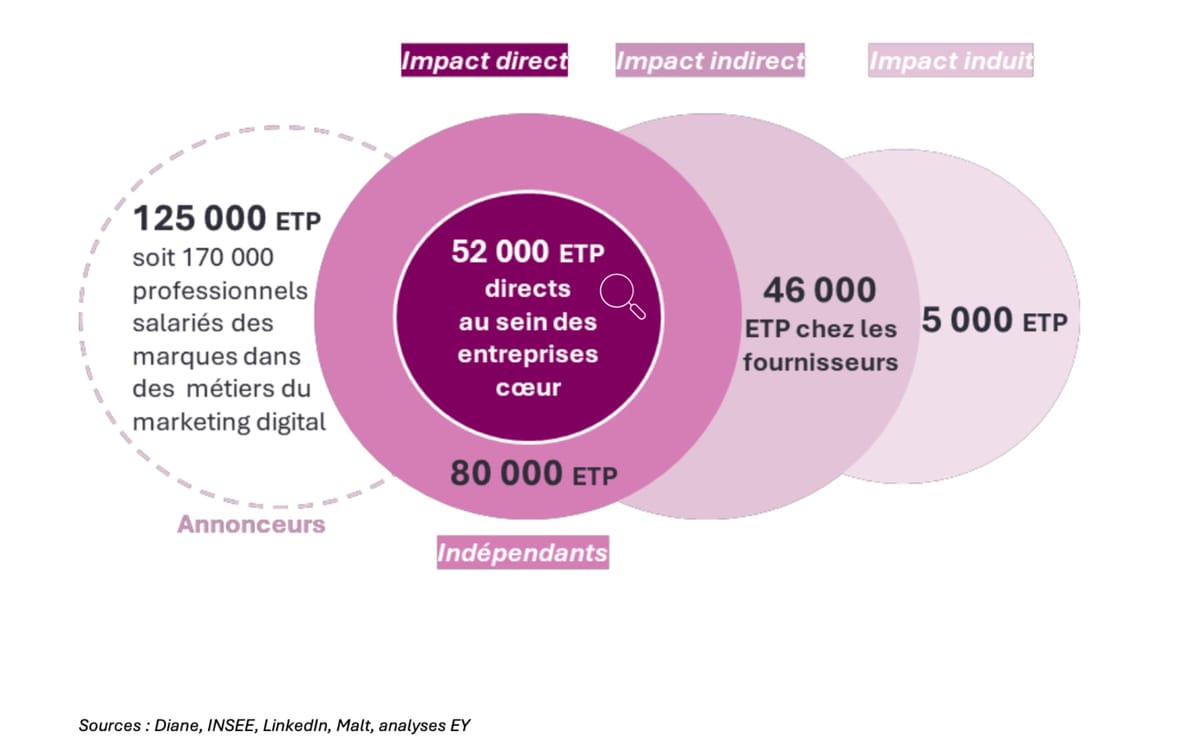In the rapidly evolving world of digital marketing, understanding consumer behavior and tracking their interactions with brands has become more critical than ever. Traditional methods of attribution relied heavily on cookies, which were placed on users’ devices to track their online activities. However, with increasing privacy concerns and changing regulations, the use of cookies is becoming less effective and reliable. This is where cookieless attribution comes into play.
Cookieless attribution is a method of tracking and assigning credit for conversions or actions without relying on cookies. It aims to provide marketers with valuable insights into their customers’ journeys and allows them to measure the effectiveness of their marketing efforts accurately. So, how exactly does cookieless attribution work? Let’s dive deeper into this topic.
Understanding the Limitations of Cookies
Before we explore cookieless attribution, it’s essential to understand the limitations of cookies. Cookies are small, text-based files that websites store on users’ devices to track their online behavior. They can remember user preferences, login information, and browsing history. However, cookies have several drawbacks:
Limited lifespan: Cookies expire after a certain period of time, which hampers their ability to track long-term customer journeys.
Cross-device tracking: Cookies are specific to a particular device, making it challenging to follow users as they switch between devices, such as smartphones, tablets, and computers.
Third-party cookie restrictions: Modern web browsers are increasingly blocking third-party cookies to protect user privacy, limiting the effectiveness of cookie-based attribution.
The Role of Cookieless Attribution Models
Cookieless attribution models use alternative methods to track and attribute conversions or actions. Here are a few commonly used models:
First-Click Attribution: This model assigns full credit for a conversion to the first touchpoint the customer interacts with during their journey. It focuses on introducing the brand to the customer.
Last-Click Attribution: In contrast to the first-click model, last-click attribution gives all the credit for a conversion to the final touchpoint before the conversion occurs. It emphasizes the closing power of the touchpoint.
Linear Attribution: This model distributes the credit evenly across all touchpoints involved in the customer journey. It ensures a more balanced view of each touchpoint’s contribution.
Time Decay Attribution: Time decay attribution attributes partial credit to each touchpoint based on its proximity to the conversion. Touchpoints closer to the conversion receive more credit, while earlier touchpoints receive less.
Leveraging Advanced Technologies
To overcome the limitations of cookies, marketers are turning to advanced technologies to implement cookieless attribution effectively:
- Probabilistic Models: Instead of relying on individual user-level data, probabilistic models use statistical algorithms and patterns to make educated guesses about attribution. They analyze aggregated data from various sources to provide insights into customer behavior.
- Deterministic Models: Deterministic models leverage authenticated user data to attribute conversions accurately. They rely on information provided by users themselves, such as email addresses or mobile IDs, to track their actions across devices and platforms.
- Machine Learning: Machine learning algorithms can analyze vast amounts of data and identify patterns that were previously unknown. By using machine learning, marketers can gain a deeper understanding of customer behavior and accurately attribute conversions.
- Contextual Targeting: Contextual targeting involves analyzing the content, context, and intent of webpages to serve targeted advertisements. It focuses on aligning ad placements with relevant content instead of relying on user data.
In conclusion, cookieless attribution is a necessary response to evolving privacy concerns and changing regulations. By adopting alternative attribution models and leveraging advanced technologies, marketers can gain valuable insights into customer journeys and measure the effectiveness of their marketing efforts accurately. While cookies may still play a role, cookieless attribution proves to be a more reliable and privacy-conscious approach.










Leave a Reply